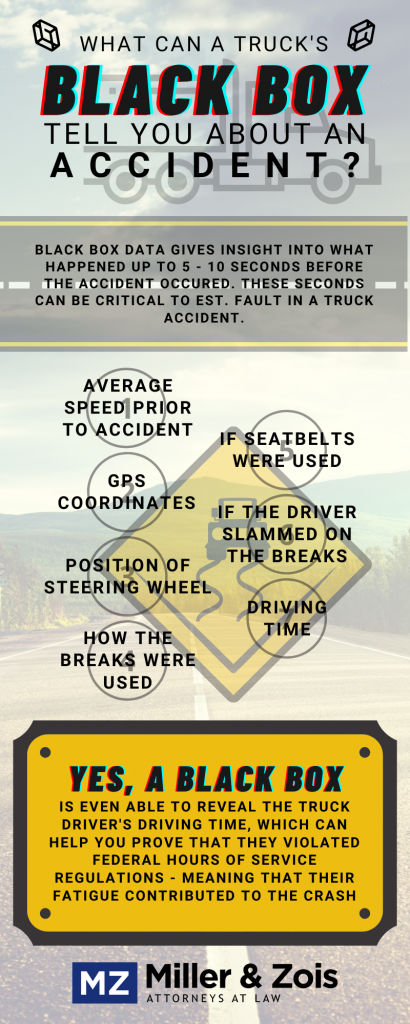When a driver gets sued for injuring somebody in a car accident, they don’t have to go out and spend their own money hiring a lawyer to defend the case. They call up their car insurance company and tell it that they have been sued. They send in the papers, and the insurance company provides them with a defense attorney.
Sometimes this is an “in-house” insurance defense lawyer, other times it is an outside lawyer selected and paid by the insurance company. Either way, the insurance company picks and pays for the driver’s defense attorney. So what you have is a three-sided (or “tripartite”) relationship- insurance company, defense attorney, and defendant driver.
Whether in-house or outside counsel, the defense lawyer has a paramount ethical duty to act in the best interest of his or her client- the defendant driver. This is true even though the insurance company selected the lawyer, is paying the lawyer’s fee, and controls most of the important decisions in the litigation, including whether to settle and on what terms.




